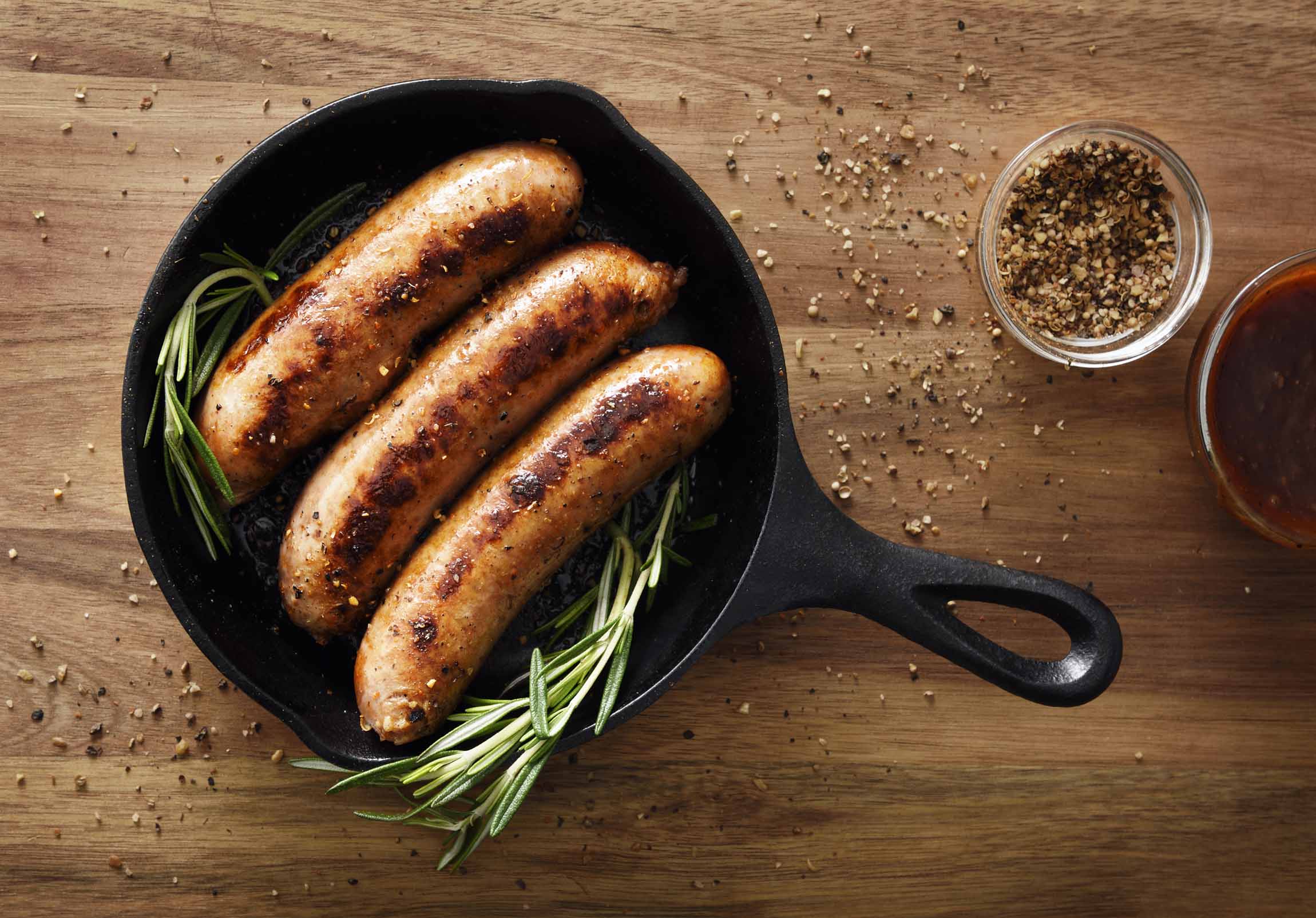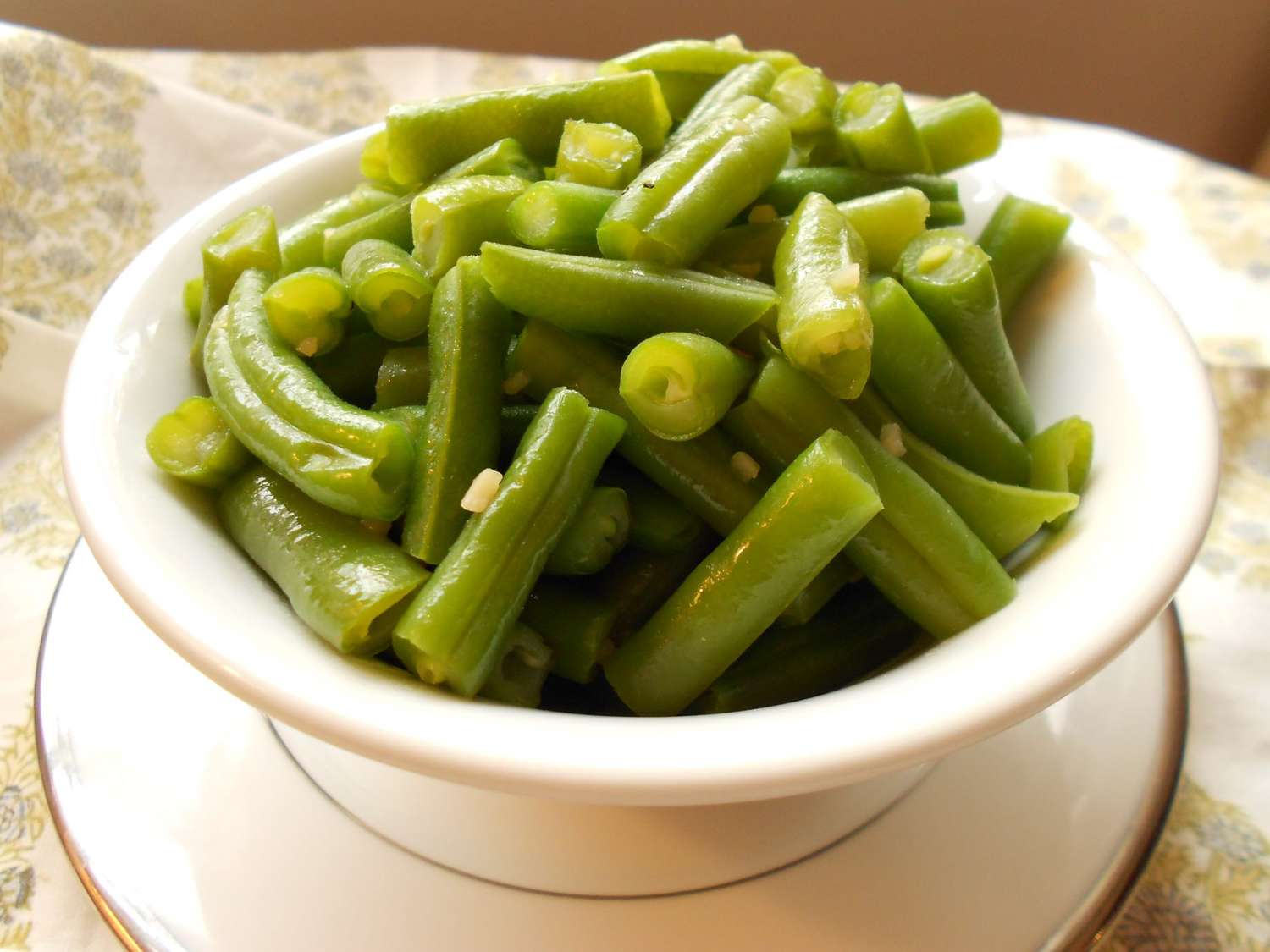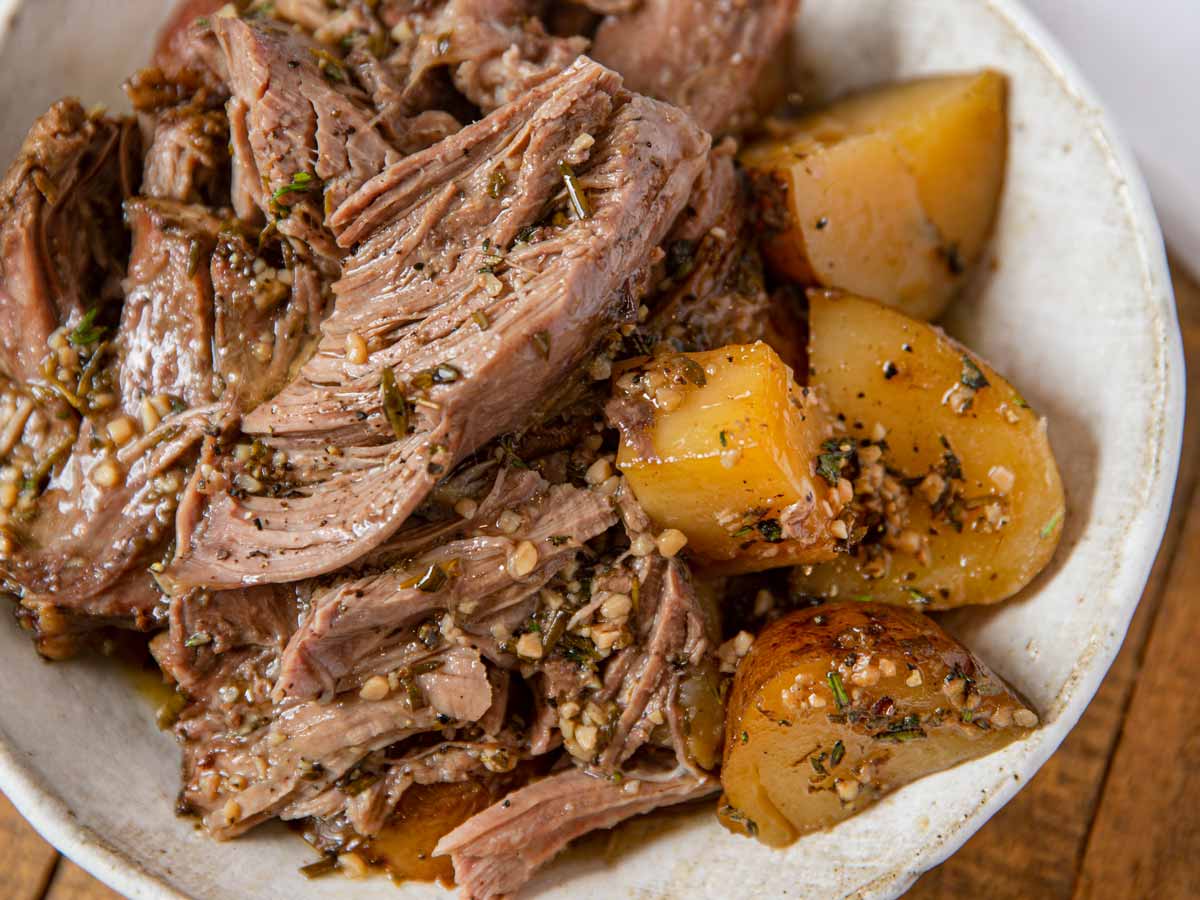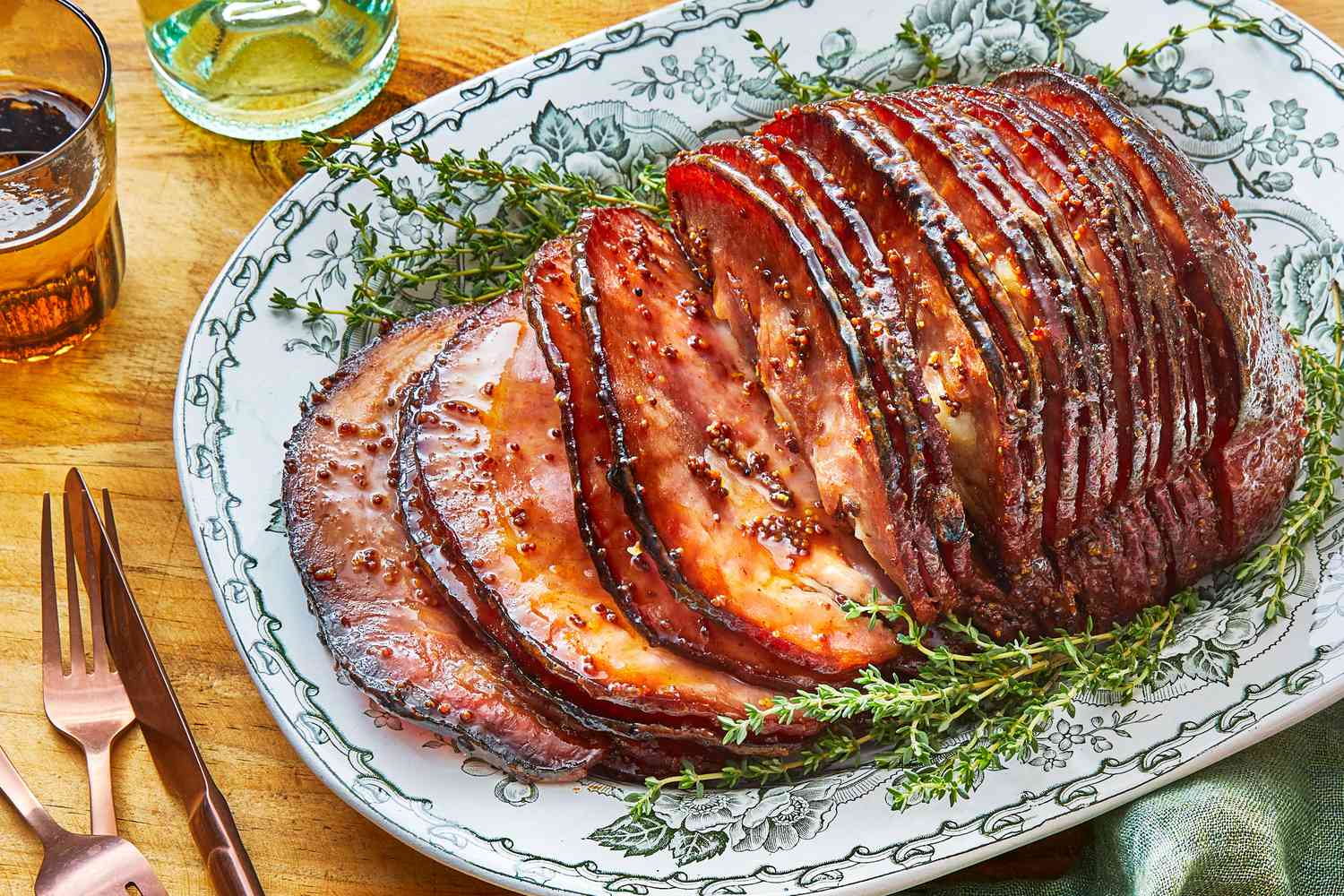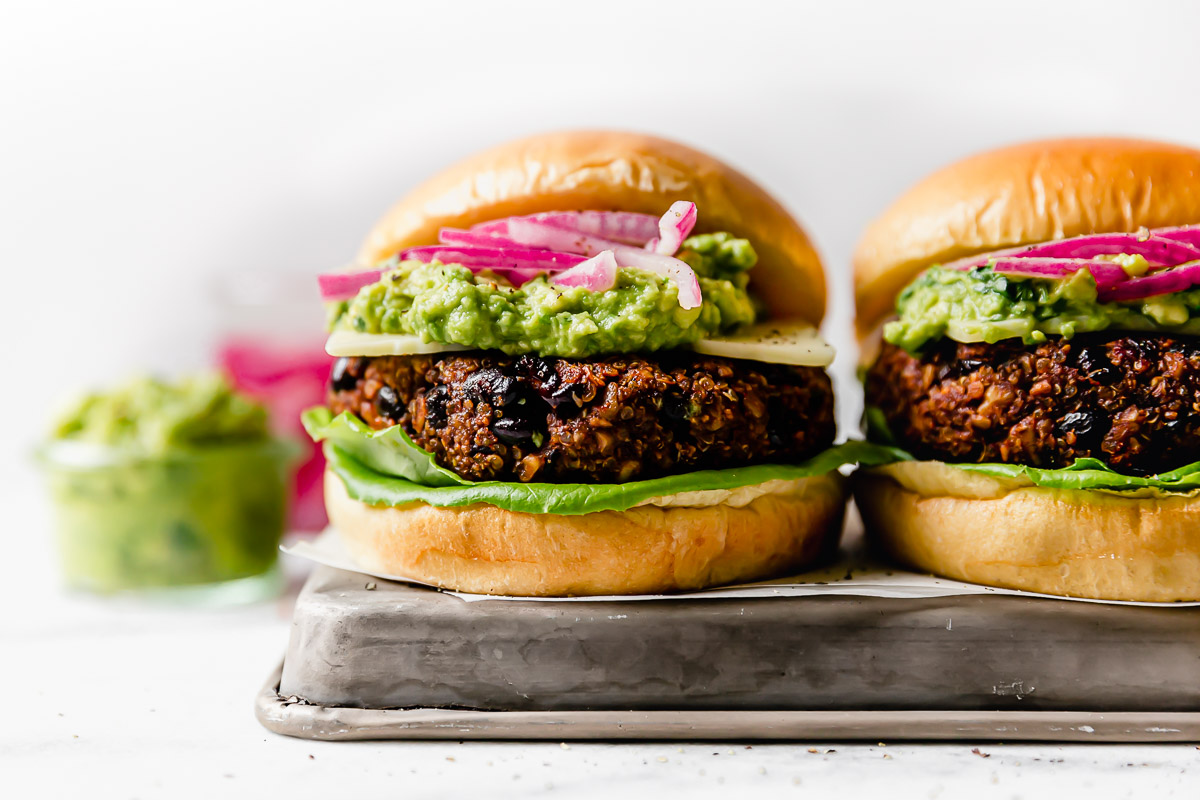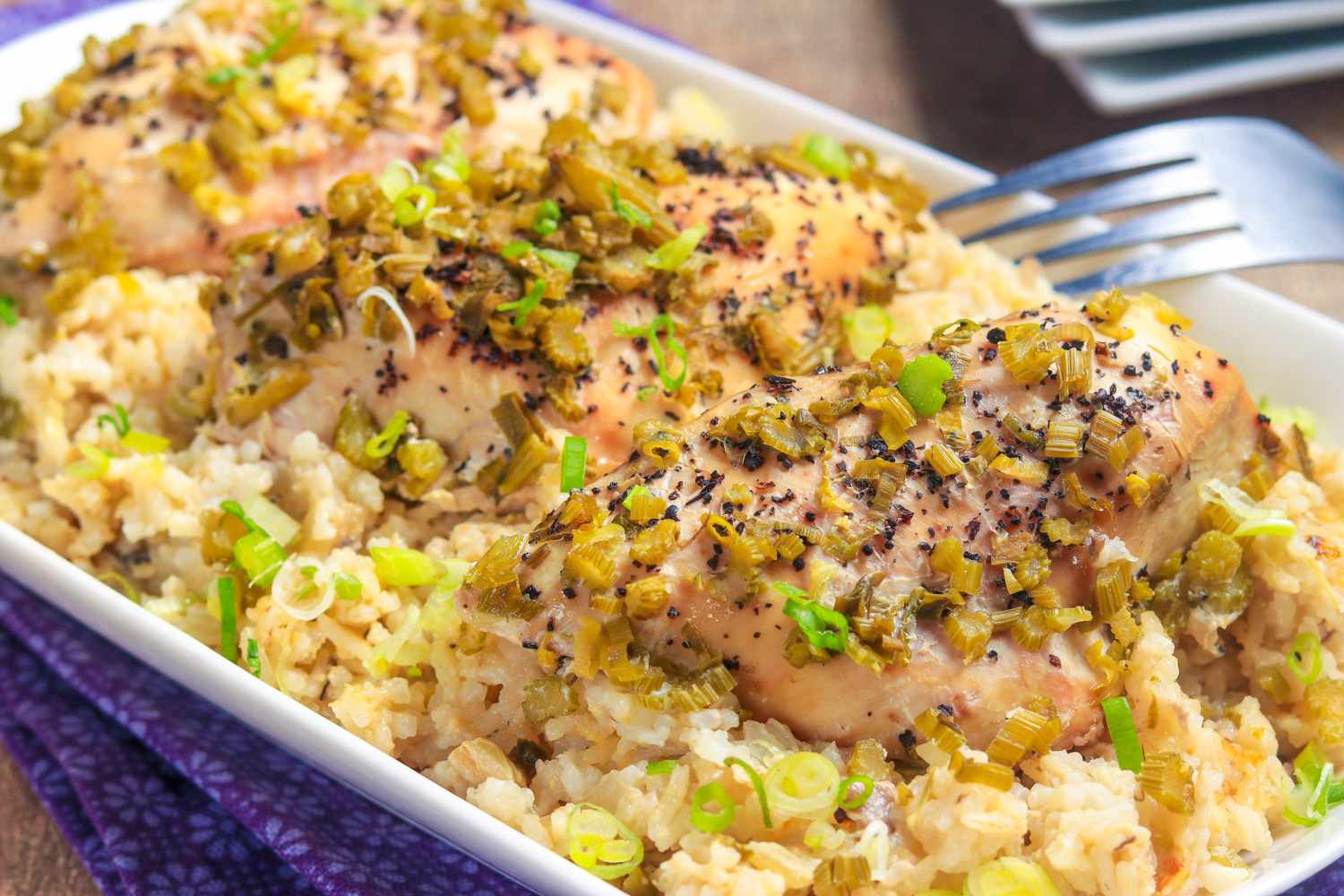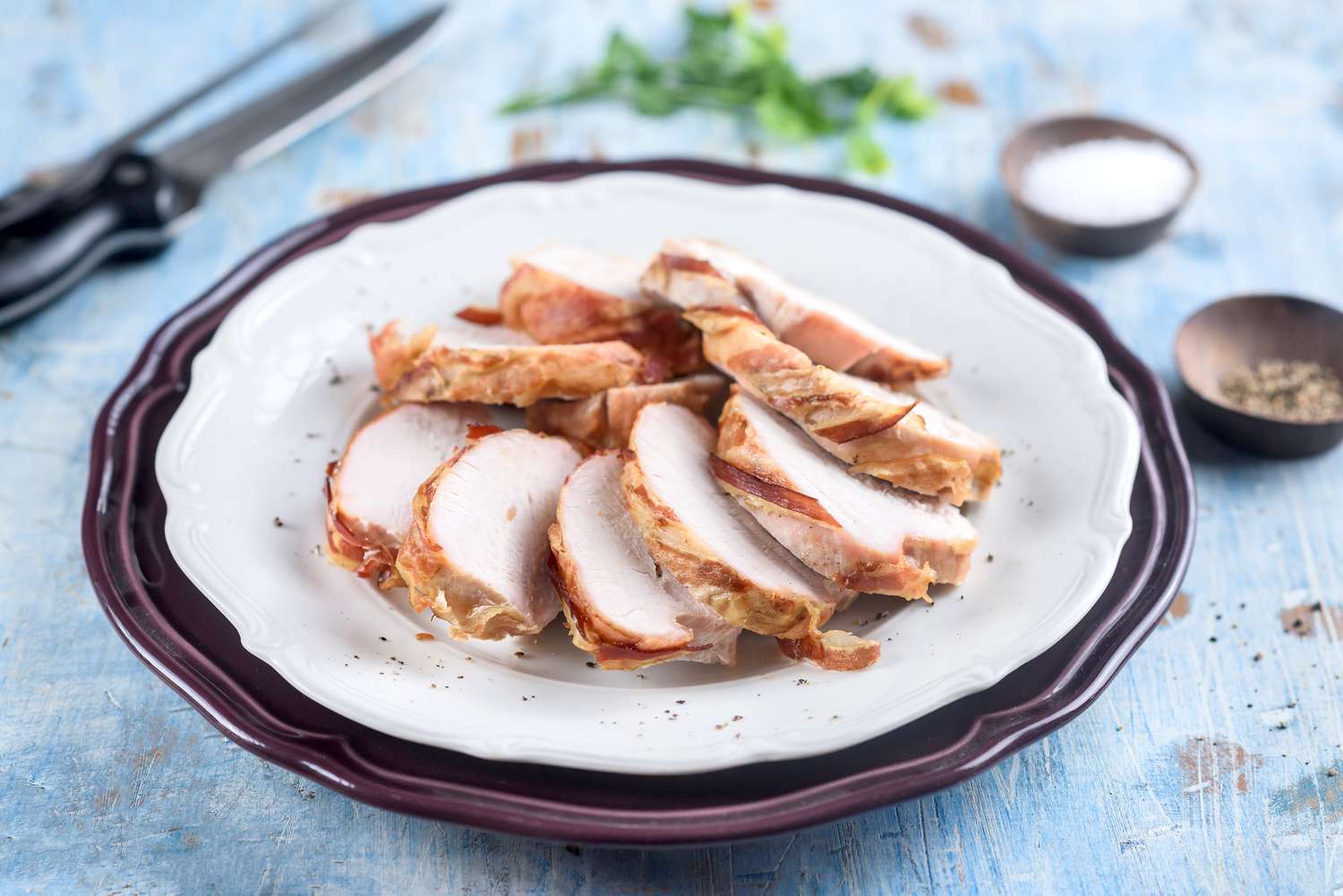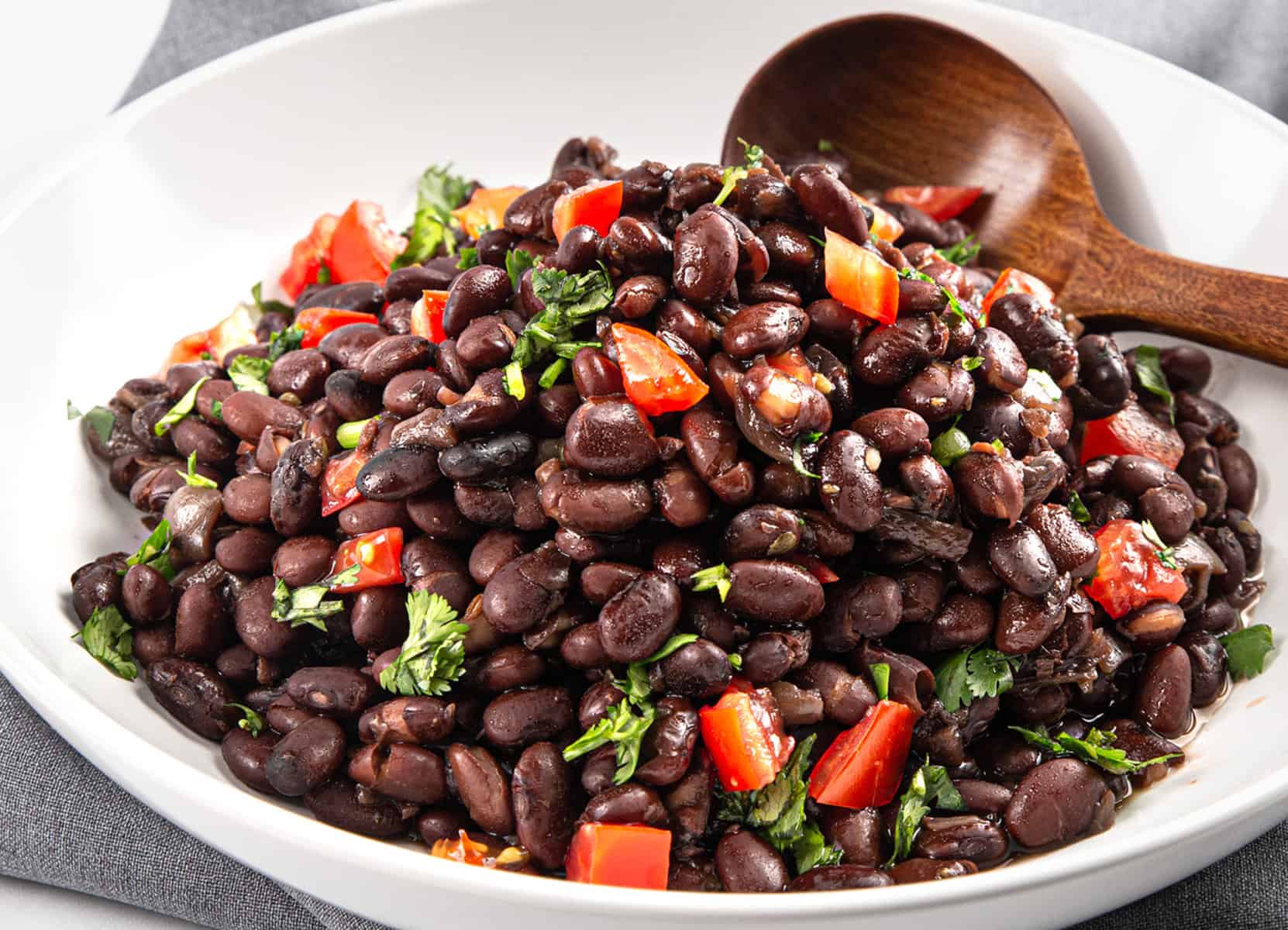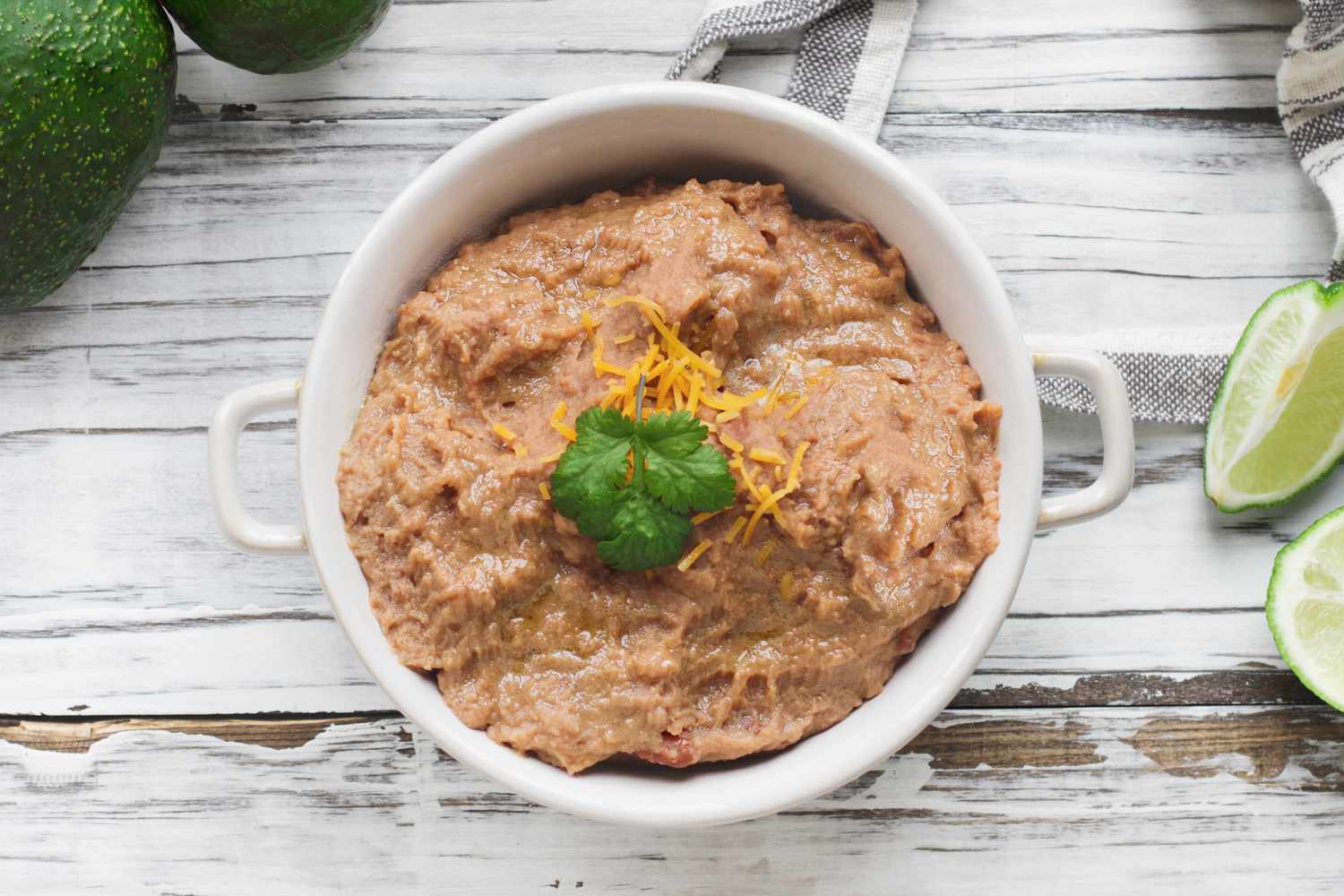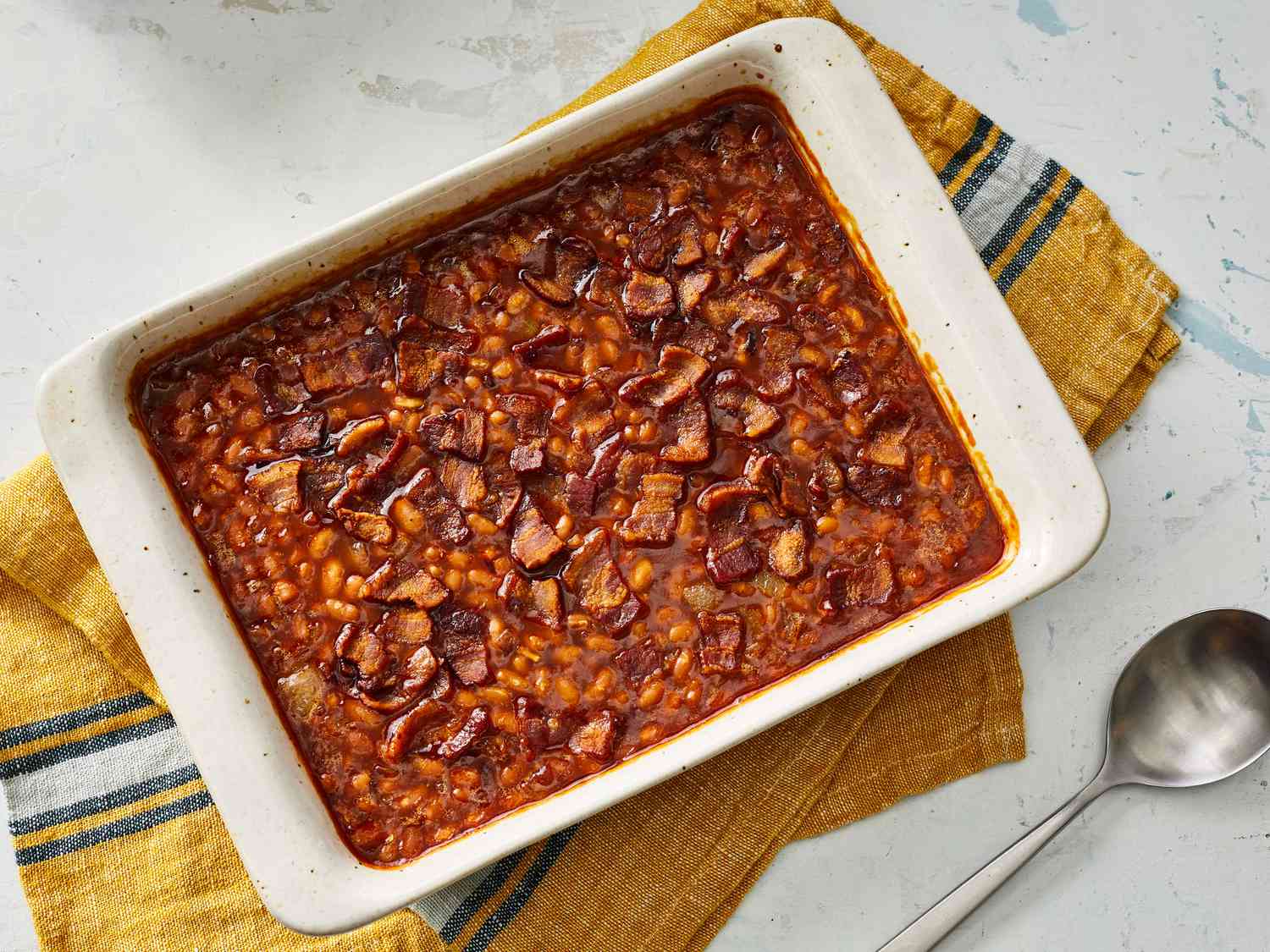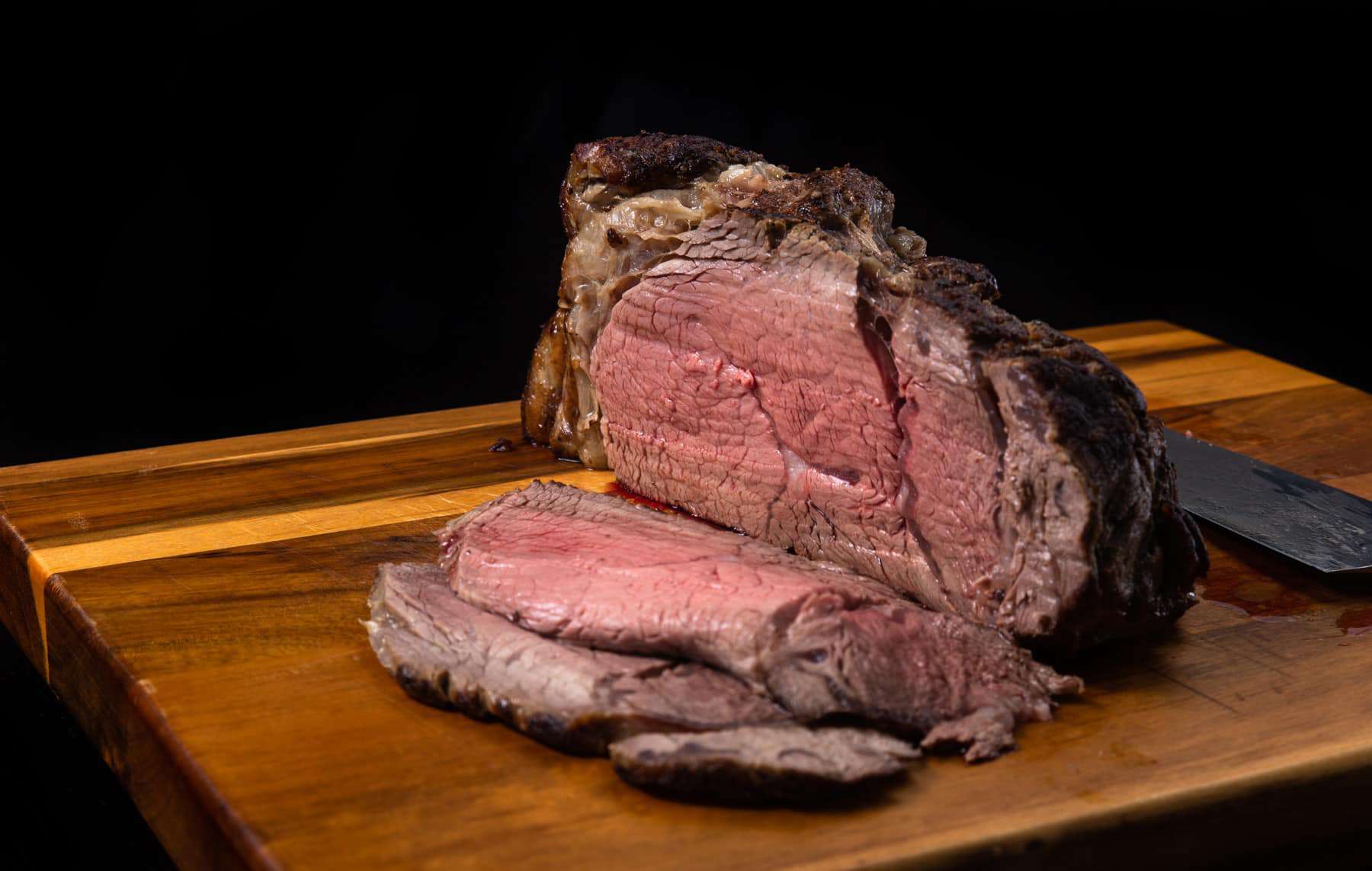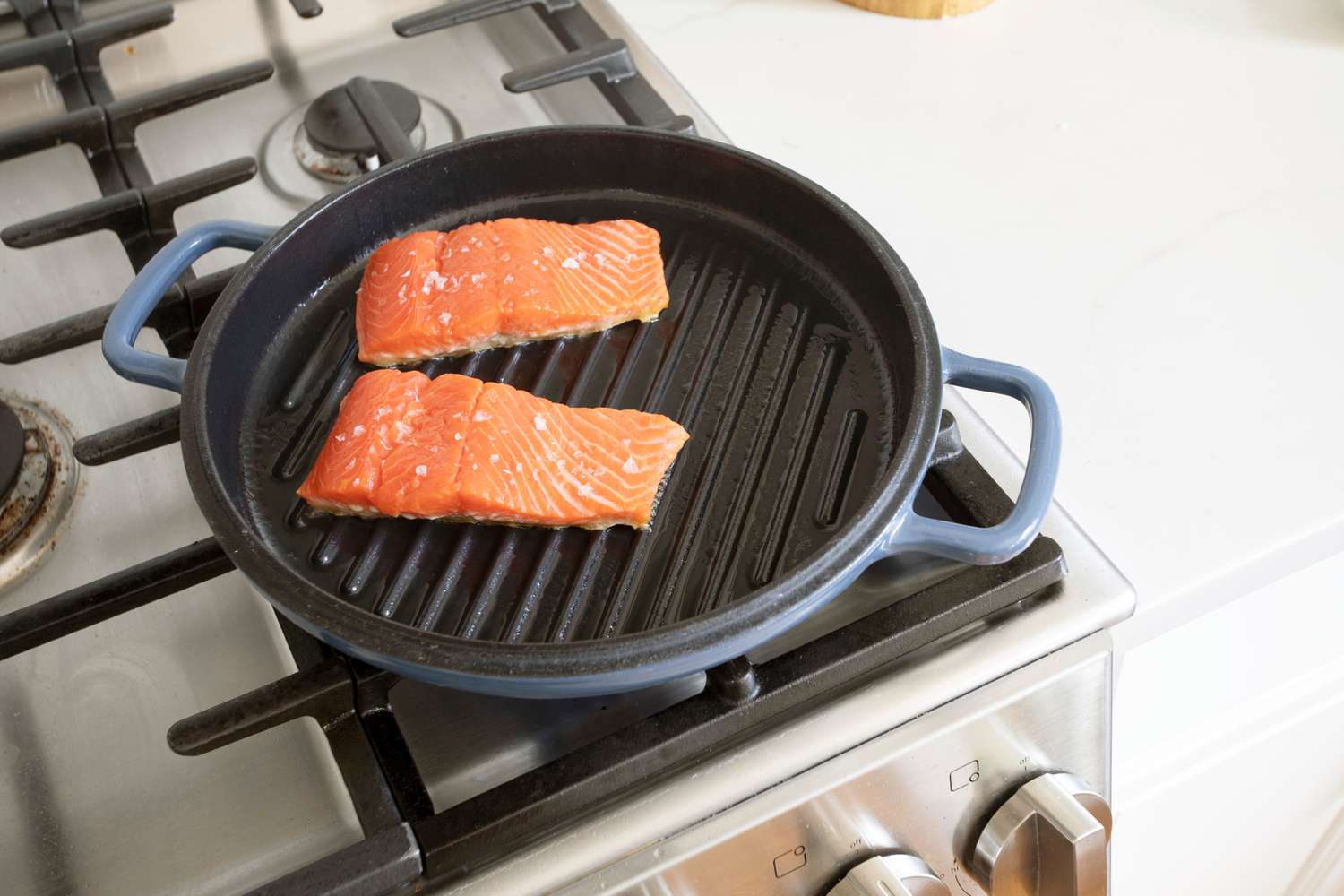How To Cook Broccoli For Pasta: A Delicious and Nutritious Addition to Your Meal
Broccoli is not only a versatile and flavorful vegetable, but it is also packed with essential nutrients that make it a perfect addition to any pasta dish. Whether you’re a seasoned cook or just starting out, learning how to properly cook broccoli for pasta can take your culinary skills to the next level. In this article, we will guide you through the step-by-step process, ensuring that your broccoli is cooked to perfection and adds a delicious and nutritious touch to your pasta dish.
Step 1: Choosing the Right Broccoli
The first step to cooking broccoli for pasta is selecting fresh and vibrant broccoli florets. Look for broccoli heads that are firm and tightly closed, with no yellowing or wilting. Fresh broccoli will have bright green florets and firm stalks. Don’t forget to pick broccoli that is organic whenever possible to ensure superior taste and nutrient content.
Step 2: Prep and Cut
Once you have chosen your broccoli, it’s time to prepare and cut it for cooking. Start by rinsing the florets thoroughly under cold water to remove any dirt or residue. Remove any large leaves and use a sharp knife to separate the florets from the stalk. Cut the florets into bite-sized pieces, ensuring they are all relatively the same size to cook evenly.
Step 3: Blanching the Broccoli
Blanching the broccoli is an important step to retain its vibrant color, flavor, and nutrients. In a large pot, bring water to a rolling boil and season with salt. Carefully add the broccoli florets and cook for 2-3 minutes until they become bright green and tender-crisp. Avoid overcooking as it can make the broccoli mushy and lose its nutritional value.
Step 4: Refreshing the Broccoli
After blanching, it’s important to immediately stop the cooking process by refreshing the broccoli. Prepare a bowl of ice water and using a slotted spoon or tongs, transfer the blanched broccoli from the pot to the ice water. Let it sit for a couple of minutes to cool down and halt the cooking. This will help retain both the beautiful bright green color and the crunchiness of the broccoli.
Step 5: Adding to Pasta
Now that your broccoli is perfectly blanched and refreshed, you can add it to your cooked pasta. Whether you’re making a simple garlic and olive oil spaghetti or a creamy alfredo linguine, the broccoli will elevate your dish with its fresh flavor and vibrant appearance. Toss the blanched broccoli in with your pasta during the last few minutes of cooking, allowing it to absorb the flavors and warmth of the dish.
Step 6: Seasoning and Serving
To enhance the flavors, season your pasta dish with your favorite herbs and spices. Consider adding some crushed red pepper flakes for a hint of heat or sprinkle some grated Parmesan cheese for a creamy and salty finish. Once your pasta is al dente and your flavors are well combined, it’s time to plate your masterpiece. Serve immediately and enjoy the goodness of your broccoli-infused pasta.
Remember the Nutritional Benefits
Not only does cooking broccoli for pasta add a delicious twist to your dish, but it also boosts its nutritional value. Broccoli is high in fiber, vitamins C and K, and contains powerful antioxidants that can contribute to a healthy diet. Adding broccoli to your pasta not only provides color and flavor but also adds essential nutrients that can support your overall well-being.
By following these simple steps, you can easily cook broccoli for pasta and create a mouth-watering and wholesome meal. So, next time you’re planning to make pasta, don’t forget to incorporate the goodness of broccoli. Your taste buds and your body will thank you for it!
Was this page helpful?
Read Next: How To Cook Stuffed Clams
